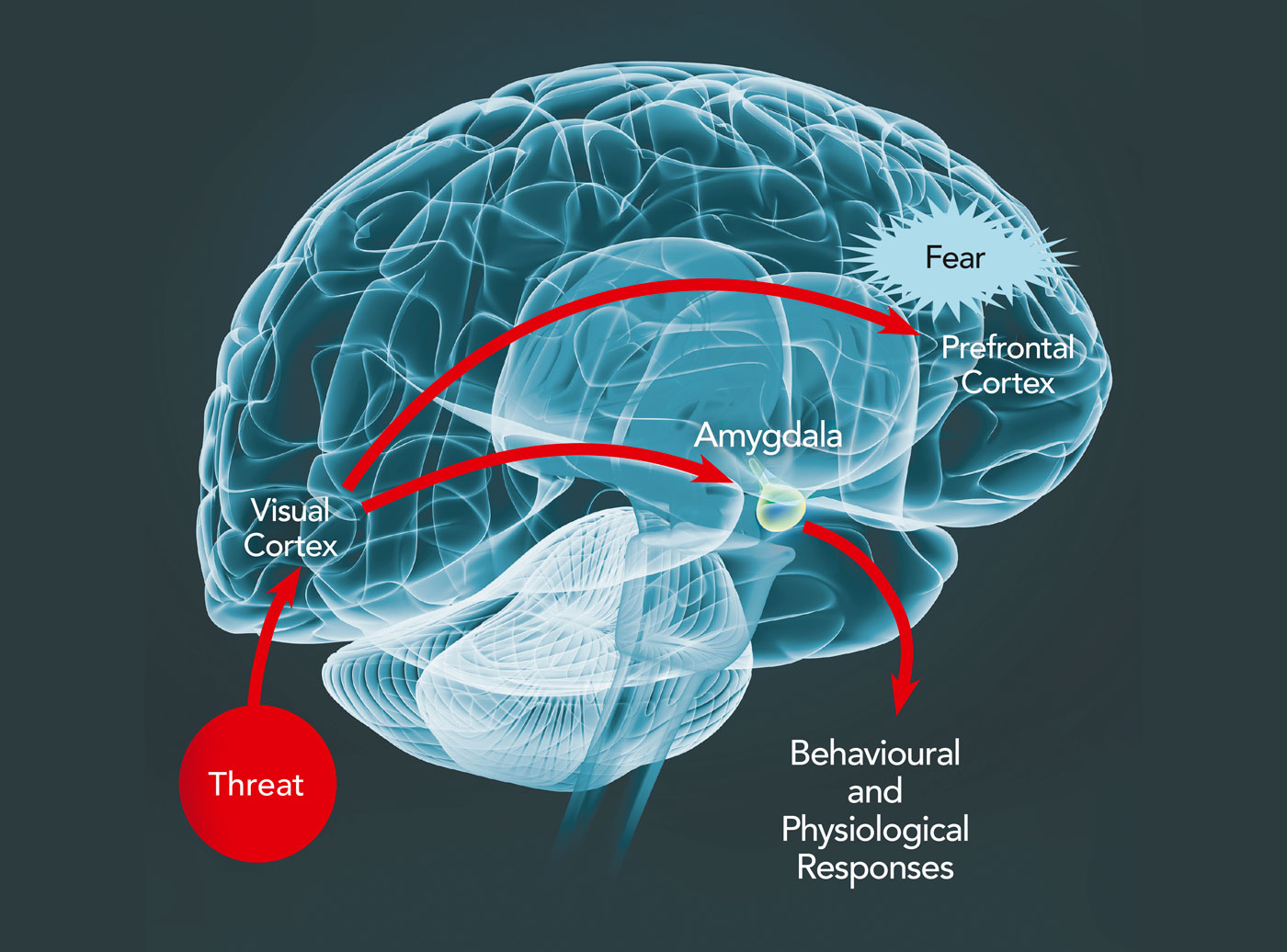Protective face masks have flown off the shelves in recent weeks, as many Australian towns and cities have become shrouded in bushfire smoke and haze. The poor air quality in Sydney and Brisbane has been compared to smoggy cities such as Beijing and Mumbai.
But how effective are face masks at filtering out bushfire smoke?
Face masks: only P2 will do
Bushfire smoke creates very fine particulate matter (PM) — tiny solid particles and airborne liquid droplets that you can’t see — along with gases such as carbon monoxide and carbon dioxide. The size of the PM can affect your health in different ways.
According to NSW Health:
- PM10 particles (with a diameter of 10 micrometres or less) are small enough to enter the lungs.
- PM2.5 particles (with a diameter of 2.5 micrometres or less) are small enough to get deep into the lungs and enter the bloodstream.
Both types of particulate matter can cause adverse health effects, both after short-term and long-term exposure.
Inhaling PM2.5 particles is the main concern during bushfires. They are so small that they can pass through most types of face mask, so the flimsy paper ones (pictured, above) are fairly useless. Handkerchiefs and bandannas are not effective, either.
A P2 mask, on the other hand, does filter out these fine particles but only if it’s properly fitted, with an air-tight seal around the mouth and nose.

Achieving this air-tight seal is not easy, so wearing a P2 mask (sometimes called an N95 respirator) might not give a person the benefit they’re hoping for, says Dr Richard Broome, NSW Health Director of Environmental Health. Men need to be clean-shaven, too (i.e. no beard).
Learn how to correctly fit a P2 mask here, or watch the video, below.
How does bushfire smoke affect your health?
Particulate matter from bushfire smoke can cause a range of adverse health effects, from irritated eyes, nose and throat to worsening symptoms associated with asthma and other lung conditions (such as COPD).
People with heart disease are more at risk of heart attack and arrhythmias when smoke’s about. Long-term exposure to particulate matter can reduce lung function and lead to cardiovascular and respiratory diseases.
In the week leading up to 6 December 2019, there were about 25% more emergency department presentations at New South Wales hospitals than the weekly average. NSW Ambulance fielded about 30% more calls than usual in the same period.
Dr Richard Broome believes the increases are related to bushfire smoke. “These numbers show the smoke continues to have an impact on people’s health and reinforces the need for people to take steps to reduce their exposure,” Dr Broome said.
What else can you do to protect yourself from bushfire smoke?
Follow these tips to protect yourself and your family from bushfire smoke and poor air quality. Vulnerable groups (the elderly, pregnant women, children and those with chronic disease) should take extra care:
- Stay indoors if you can, with the windows and doors shut. If you use an air-conditioner, set it to recirculate the air so it doesn’t take air from outside.
- Work from home if possible.
- If you have a medical condition, make sure family, friends or carers are aware of it and are willing and able to help you. Keep medications close at hand.
- Avoid strenuous outdoor activity.
- If you are particularly vulnerable to bushfire smoke, consider staying with a friend or relative who lives in a less affected area.




